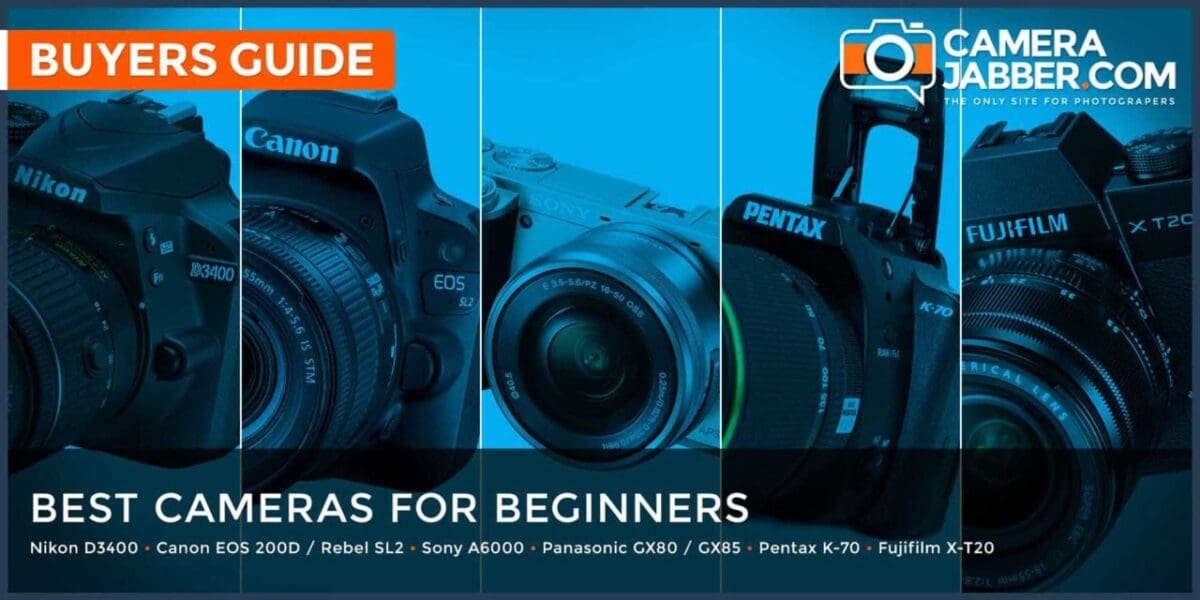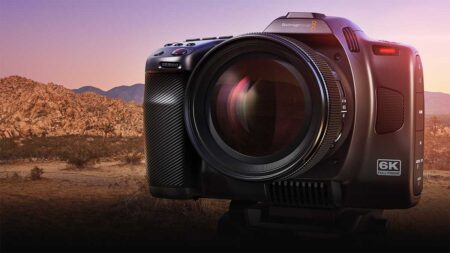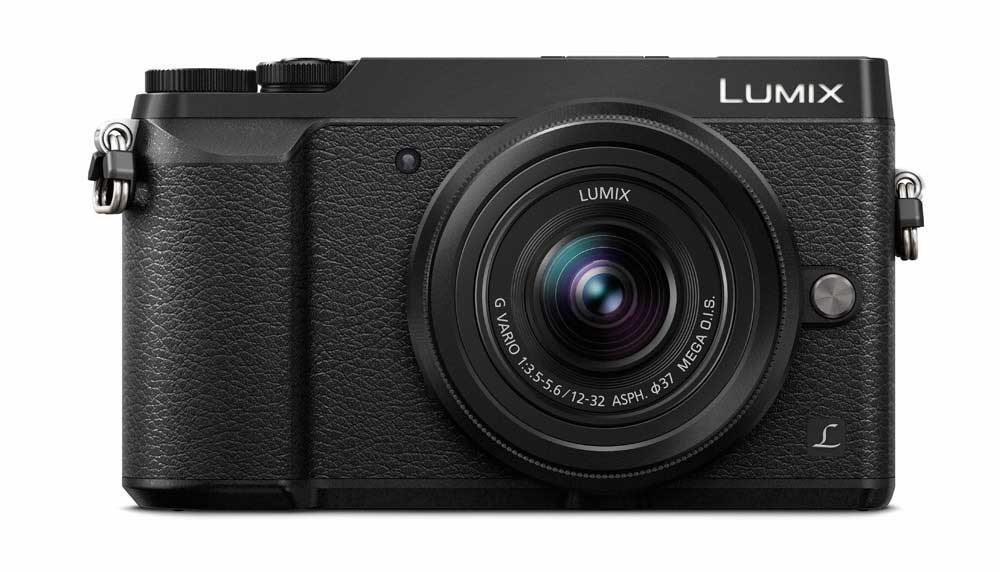Embarking on your photography journey can be both exciting and a bit overwhelming, especially when it comes to choosing from the vast selection of cameras on the market. That’s why we’ve created this buyer’s guide to help you navigate through your options and find the best cameras for beginners.
When taking your first steps into the world of photography, image quality is undeniably vital. However, it’s equally important to pick a camera that is user-friendly and intuitive, turning your new hobby from a potential source of frustration into an enjoyable experience.
In this comprehensive guide, we’ve curated a list of some of the best cameras for beginners that are perfect for learning the ropes of photography. Our selections are varied, catering to different budgets and preferences. So, whether you’re dipping your toes into the hobby or are committed to mastering the craft, there’s something here for everyone.
To dive deeper into the plethora of camera types, features, and other considerations, don’t forget to consult our series of camera buying guides. These provide invaluable information that can further assist you in making an informed decision.
- Photography for beginners: essential techniques and kit you need
The best cameras for beginners you can buy today
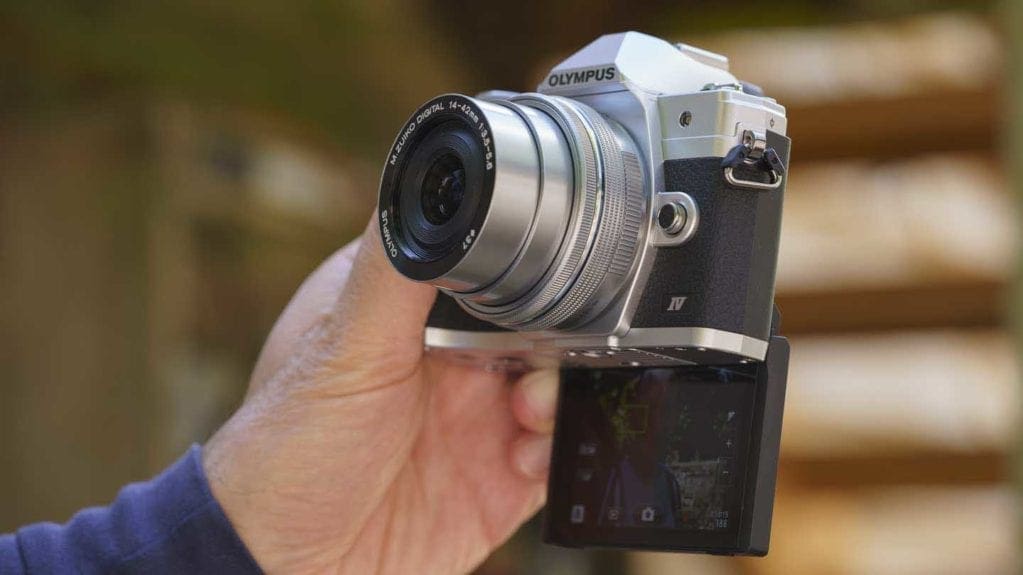
Olympus OM-D E-M10 Mark IV
Not much bigger than a compact camera but compatible with a wide range of lenses
Sensor: Four Thirds Type (17.3 x 13mm) CMOS Megapixels: 20.3MP Lens Mount: Micro Four Thirds AF System: 121-point contrast-detect system. Viewfinder: 2,360,000-dot electronic with 1.23x magnification and 19.2mm eye point Screen: 3-inch 1,037,000-dot tilting touchscreen Max video resolution: 4K Max frame rate: High: 15fps Low: 6.3fps
Pros: Very compact, yet versatile, Tilting screen can face forwards for selfies and vlogging, Live Composite and Live Bulb mode make long exposure photography easy
Cons: Sub-APS-C format sensor, No weatherproofing
- Read our Olympus OM-D E-M10 Mark IV Review
The Olympus E-M10 series has been our go-to suggestion for photographers seeking a compact, yet capable, camera. Those who have followed our advice have been overwhelmingly satisfied. The OM-D E-M10 Mark IV is a commendable extension of Olympus’s offerings, boasting an elevated pixel count from its predecessor’s 16Mp and featuring a 180-degree flip-down screen for selfies or vlogging.
Although similar in size to some compact cameras, the OM-D E-M10 Mark IV offers far more flexibility and a superior array of features, culminating in enhanced image quality. While the jump from its Mark III predecessor may not be monumental, it does offer a slightly improved autofocus system and the added bonus of a front-viewing screen.
As an entry-level camera for serious photography, the OM-D E-M10 Mark IV impresses. It serves as a perfect compact counterpart to bulkier camera models and offers a broad range of compatible lenses.
For those wanting a reliable, high-performing camera that is portable and doesn’t require constant tripod use, the Olympus OM-D E-M10 Mark IV comes highly recommended.
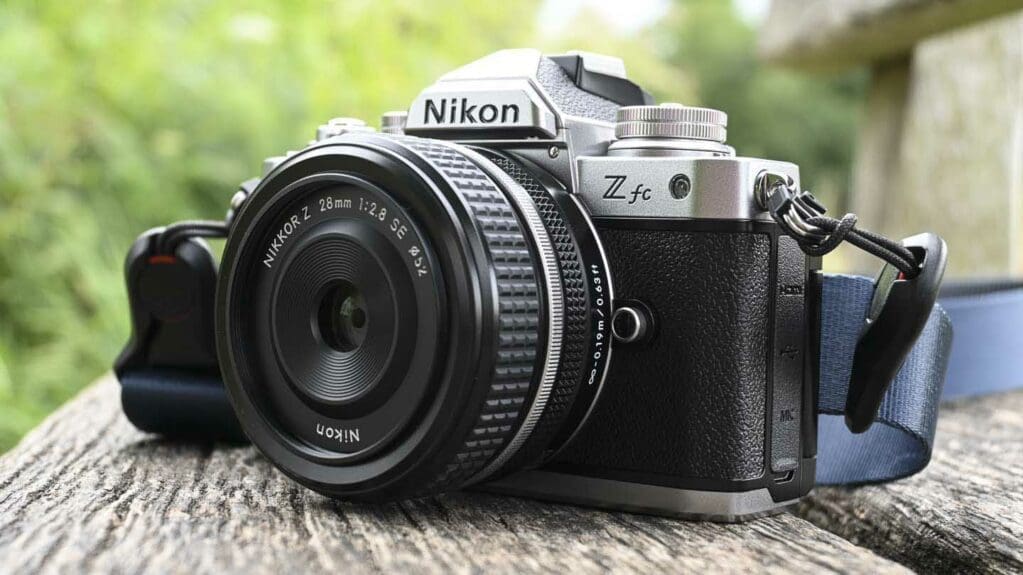
Nikon Z fc
A stylish, compact camera that’s easy to use, yet has plenty of features to grow with
Sensor: APS-C CMOS Megapixels: 20.88MP Lens Mount: Micro Four Thirds AF System: 121-point contrast-detect system. Viewfinder: 0.39-inch 2,360,000-dot OLED electronic viewfinder Screen: Vari-angle 3–inch 1,040,000-dot touchscreen Max video resolution: 4K Max frame rate: High: 11fps
Pros: Retro styling, Traditional exposure controls, Vari-angle touchscreen
Cons: No Auto setting on the ISO or shutter speed dials, Traditional exposure controls combined with PASM exposure mode switch, No joystick for setting the AF point
- Read our Nikon Z fc review
Internally mirroring the Nikon Z50, the Nikon Z fc delivers equally stellar image quality, maintaining good noise control up to ISO 6,400. What sets it apart is its unique control layout, featuring dedicated dials for shutter speed, ISO, and exposure compensation, along with a PASM exposure mode selector. Adapting to this setup alongside conventional exposure controls may take some time, but it’s a learning curve that’s rewarding.
Designed to prioritise the essentials of photography, the Nikon Z fc enables you to concentrate on capturing the perfect shot. Its reliable autofocus, metering, and white balance systems further enhance its capabilities. Additionally, the array of Picture Controls ensures your images are ready to share. The added flexibility of its vari-angle screen aids in shooting from inventive perspectives, whether in portrait or landscape mode.
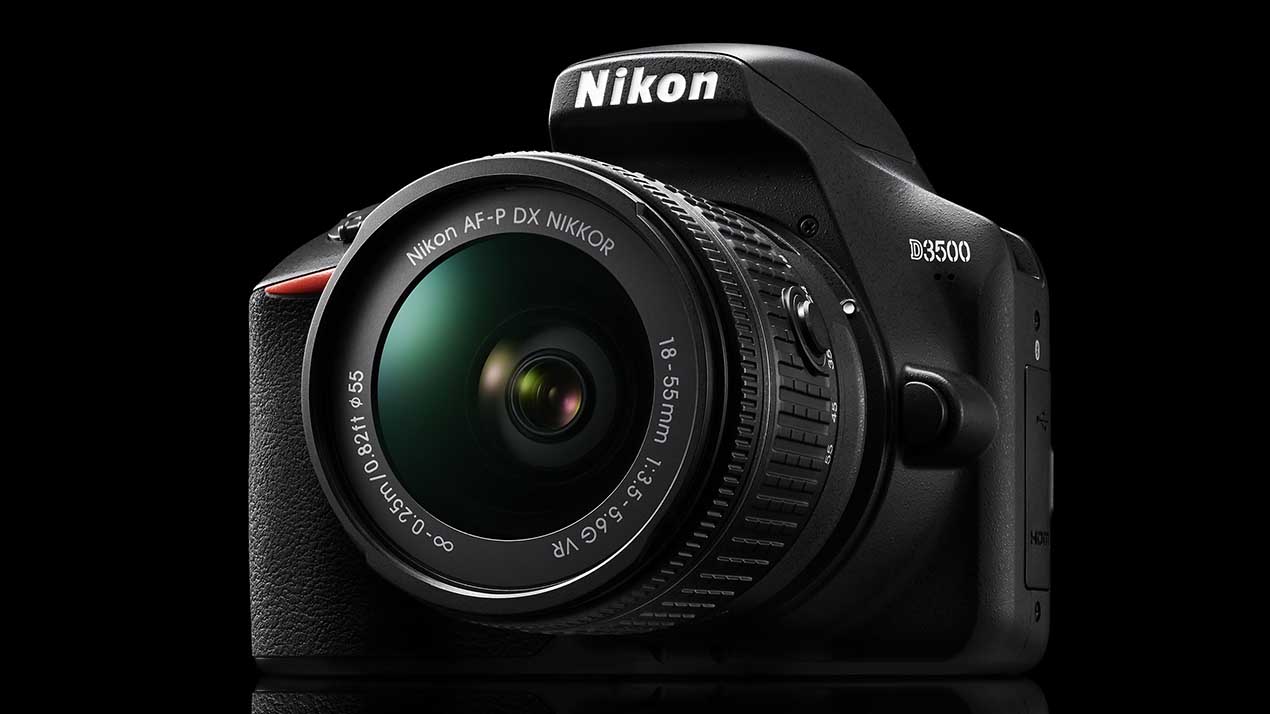
Nikon D3500
The intuitive guide mode helps beginners learn how to use the camera
Sensor: APS-C (DX format) CMOS Megapixels: 24.2 Lens Mount: Nikon F AF System: 11-point phase-detect system, including one cross-type sensor. Viewfinder: Optical pentamirror viewfinder, 95% coverage Screen: 3-inch, 921k-dot Max video resolution: 1080p Max frame rate: 5fps
Pros: Guide mode, Snapbridge
Cons: No 4K, fixed, non-touch-sensitive screen
One of the things we loved about the Nikon D3400 was its intuitive guide mode and that has continued into its successor, the D3500. You can use this to help learn about photography with on-screen instructions guiding you through how different settings will affect your image.
With its 24Mp APS-C sized sensor, it’s capable of producing great images – once you get a little more confident you might want to consider swapping out the 18-55mm kit lens for a prime lens or two.
If you’re used to sharing your images straight from your phone, make use of Nikon’s Snapbridge connectivity to send images across to your phone via Bluetooth for uploading to social networking sites and the like. If your budget can stretch a little further, also consider the Nikon D5600. Amongst other things, it adds a vari-angle touchscreen to the mix.
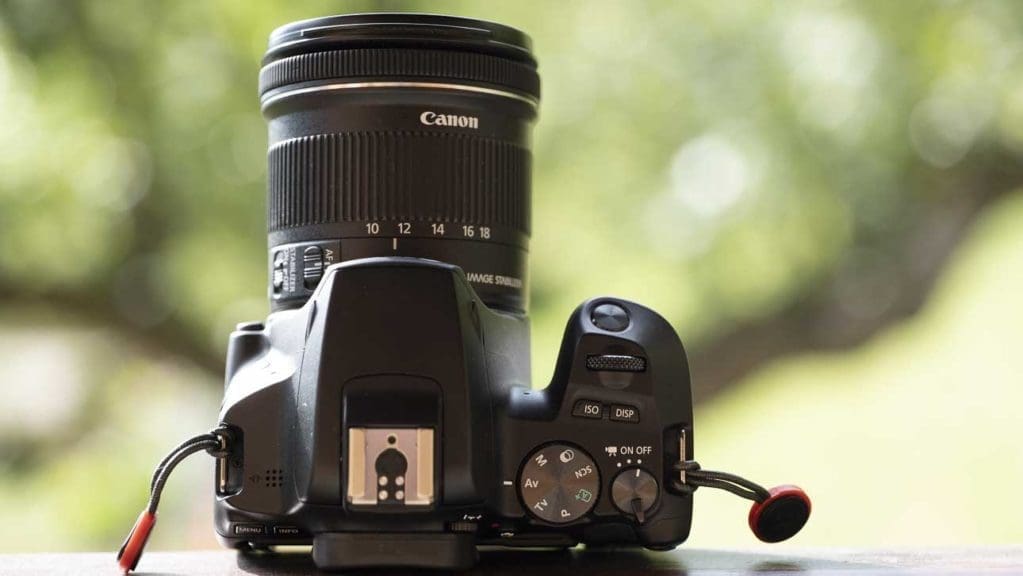
Canon EOS 250D / Canon Rebel SL3
If small and light is your main concern, the 250D / SL3 has you covered
Sensor: APS-C CMOS Megapixels: 24.1 Lens Mount: Canon EF AF System: 9-point phase-detect system, including one cross-type sensor (Dual Pixel CMOS AF available in Live View). Viewfinder: Optical pentamirror viewfinder, 95% coverage Screen: Vari-angle, touch-sensitive, 3-inch, 1040k-dot Max video resolution: 4K Max frame rate: 5fps
Pros: Articulating touch-screen, small, user-friendly interface
Cons: 95% viewfinder
The Canon EOS 250D / Revel SL3 may be old (it was launched in 2019) but it’s still widely available and it’s a highly capable little camera that beginner photographers can pick up for very cheap these days. And while the market may be mirrorless these days, this diminutive DSLR is smaller than most mirrorless cameras.
Image quality is great, with a good level of detail and noise well controlled, while its vari-angle screen and 4K video capability make it a great option for beginner bloggers as well. Its AF system doesn’t compare with its mirrorless peers, but it’s still very good, even in low light.
The EOS Rebel SL3 / EOS 250D is a very good option for beginners or anyone looking for a smaller camera to travel with. It’s quick and easy to use, and you can count on it to produce high quality results.
Panasonic GX80 / Panasonic GX85
A dinky mirrorless camera which still packs a range of great features for a bargain price
Sensor: Four Thirds (17.3 x 13mm) Live MOS Megapixels: 16 Lens Mount: Micro Four Thirds AF System: 49-point Contrast Viewfinder: Electronic 2,764,800-dot viewfinder, 100% coverage Screen: Tilting 3-inch touch-sensitive 1040k-dot Max video resolution: 4K Max frame rate: 30fps (using 4K Photo)
Pros: 4K Video / 4K Photo, tilting touchscreen
Cons: Smallest sensor in this list (same as the Olympus OM-D E-M10 III), viewfinder quite small
This rangefinder style compact system camera is small and light, making the jump from using your smartphone to something more advanced a little less of a strain for your back. There’s a range of great features for beginners, but the GX80’s party piece is 4K Photo Mode (available on all current Panasonic models).
You can use this to grab 8 megapixel stills from 4K video, in essence meaning you can record 30 images every second – in theory you’ll never miss a moment again.
The tilting screen is great for shooting from awkward angles, while the lens range for Micro Four Thirds cameras is incredibly varied – especially since it shares the mount with Olympus. If you prefer a DSLR style shape, take a look at the also excellent Panasonic G80.
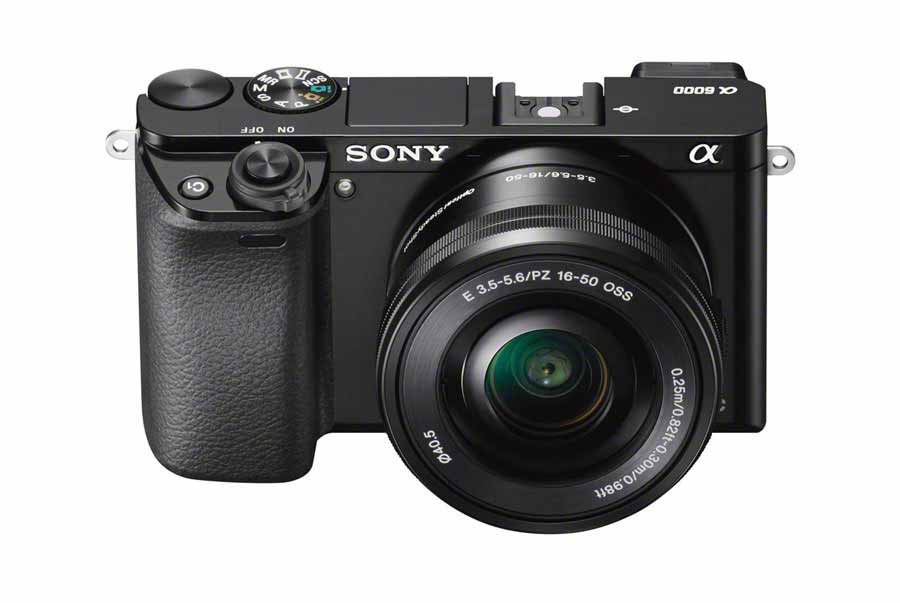
Sony A6000
Still a very capable all-rounder and a camera you can learn and grow with
Sensor: APS-C CMOS Megapixels: 24.3 Lens Mount: Sony E-mount AF System: Fast Hybrid AF, 179 phase detection points, 25 contrast detect points Viewfinder: Electronic 1,440,000-dot viewfinder, 100% coverage Screen: Tilting 3-inch 921k-dot Max video resolution: 1080p Max frame rate: 11fps
Pros: Great AF system, tilting screen
Cons: No 4K, screen not touch-sensitive
Sony is one of the most innovative companies currently making cameras, and its Alpha range of mirrorless models produce excellent images. The A6000 is still available for a very reasonable price, with a range of great features for beginners.
That includes a snappy AF system and a viewfinder which offers 100% coverage. You can record video at Full HD, while the maximum frame rate of 11fps should see you well for action/sports type shots.
Sony’s 16-50mm power zoom lens is small and light, so it’s also a great camera for travelling – the APS-C sensor inside the A6000 is the same size as you’ll find in many DSLRs. Sony has a great range of lenses for its E-mount too, if you find you outgrow the kit optic.
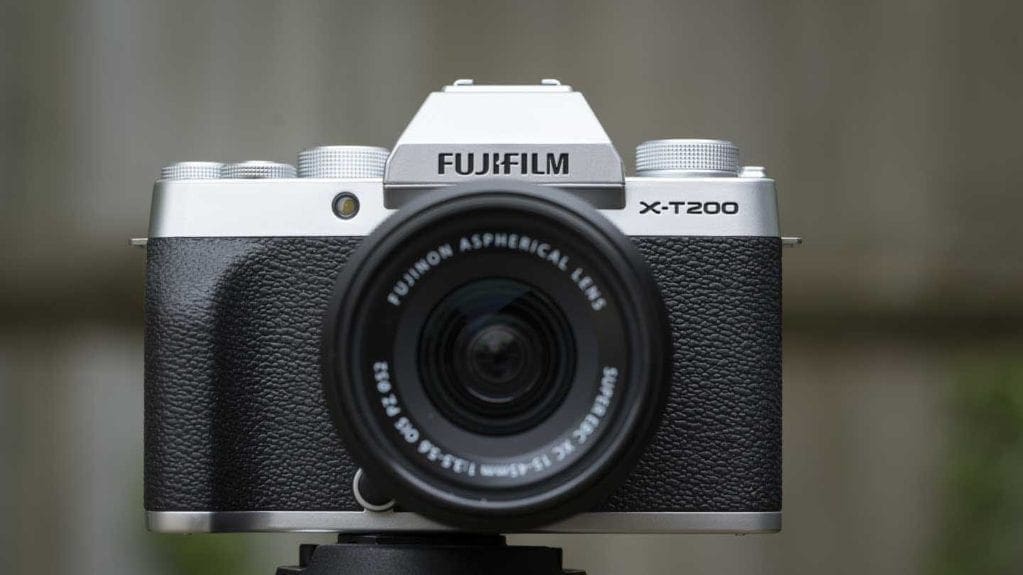
Fuji X-T200
This beginner-friendly version of Fuji’s flagship X-T range is a great camera to learn with
Sensor: APS-C X-Trans CMOS III Megapixels: 24.2MP Lens Mount: Fuji X Mount AF System: Intelligent Hybrid AF with phase and contrast detection Viewfinder: 0.30-inch, electronic 2,360k-dot OLED, 100% coverage Screen: 3.5inch 2,760K-dot vari-angle TFT LCD with 16:9 aspect ratio Max video resolution: 4K Max frame rate: 8fps
Pros: 4K video, great viewfinder
Cons: Button layout could be more intuitive
Targeting budget-conscious enthusiasts, the Fujifilm X-T200 is designed for beginners wanting an upgrade from the Fuji X-A7. One significant addition that sets the X-T200 apart is its viewfinder, complemented by a large, versatile screen. Although most of the controls are intuitive, the top-plate buttons, notably the video button, can be a source of frustration.
Given that the X-T200 shares its sensor with the X-A7, it’s not surprising that the image quality between the two is quite similar. However, this is far from a downside; the X-T200 is a highly competent camera in its own right.
To sum it up, the Fujifilm X-T200 serves as an excellent entry-level camera and is also a solid pick for aspiring vloggers. If you’re contemplating a major step into still photography or are keen to kickstart your vlogging journey, this camera deserves your consideration.

